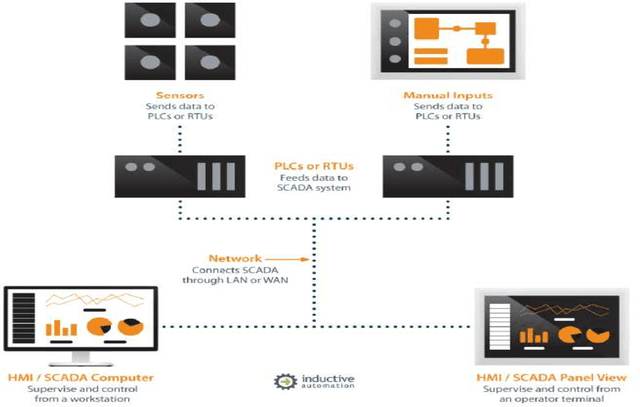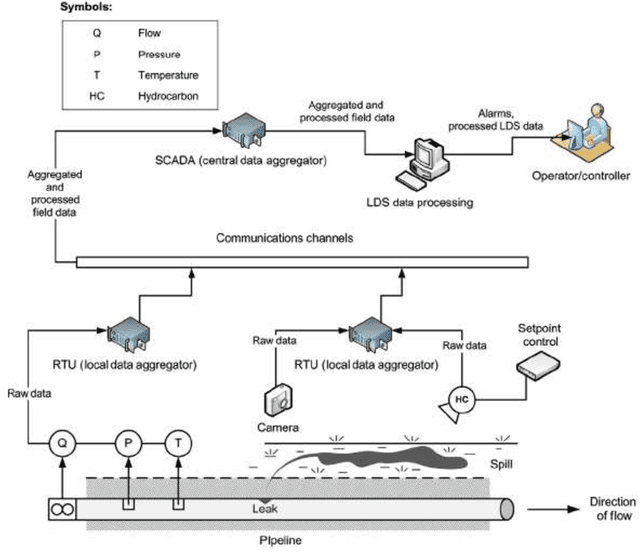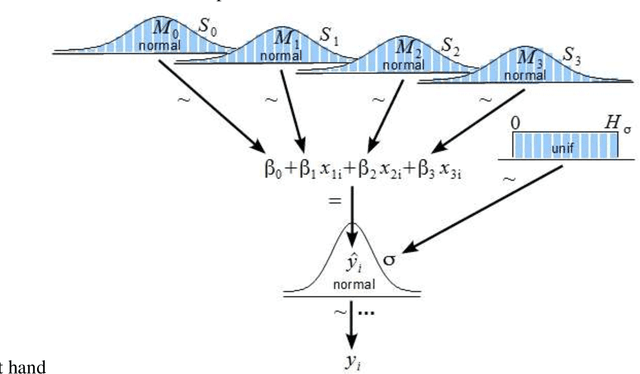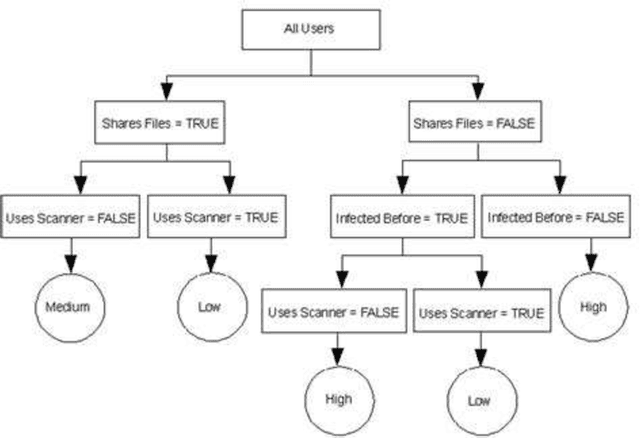Leak Detection in Natural Gas Pipeline Using Machine Learning Models
Paper and Code
Sep 21, 2022



Leak detection in gas pipelines is an important and persistent problem in the Oil and Gas industry. This is particularly important as pipelines are the most common way of transporting natural gas. This research aims to study the ability of data-driven intelligent models to detect small leaks for a natural gas pipeline using basic operational parameters and then compare the intelligent models among themselves using existing performance metrics. This project applies the observer design technique to detect leaks in natural gas pipelines using a regressoclassification hierarchical model where an intelligent model acts as a regressor and a modified logistic regression model acts as a classifier. Five intelligent models (gradient boosting, decision trees, random forest, support vector machine and artificial neural network) are studied in this project using a pipeline data stream of four weeks. The results shows that while support vector machine and artificial neural networks are better regressors than the others, they do not provide the best results in leak detection due to their internal complexities and the volume of data used. The random forest and decision tree models are the most sensitive as they can detect a leak of 0.1% of nominal flow in about 2 hours. All the intelligent models had high reliability with zero false alarm rate in testing phase. The average time to leak detection for all the intelligent models was compared to a real time transient model in literature. The results show that intelligent models perform relatively well in the problem of leak detection. This result suggests that intelligent models could be used alongside a real time transient model to significantly improve leak detection results.
 Add to Chrome
Add to Chrome Add to Firefox
Add to Firefox Add to Edge
Add to Edge